What are Electrical Wire Connectors? Exploring Their Types, Uses, and Market Trends in 2023
In today's fast-paced technological landscape, understanding the fundamental components of electrical wiring is crucial for both professionals and DIY enthusiasts alike. At the heart of electrical installations are electrical wire connectors, which play a vital role in ensuring safe and efficient connections between various electrical conductors.
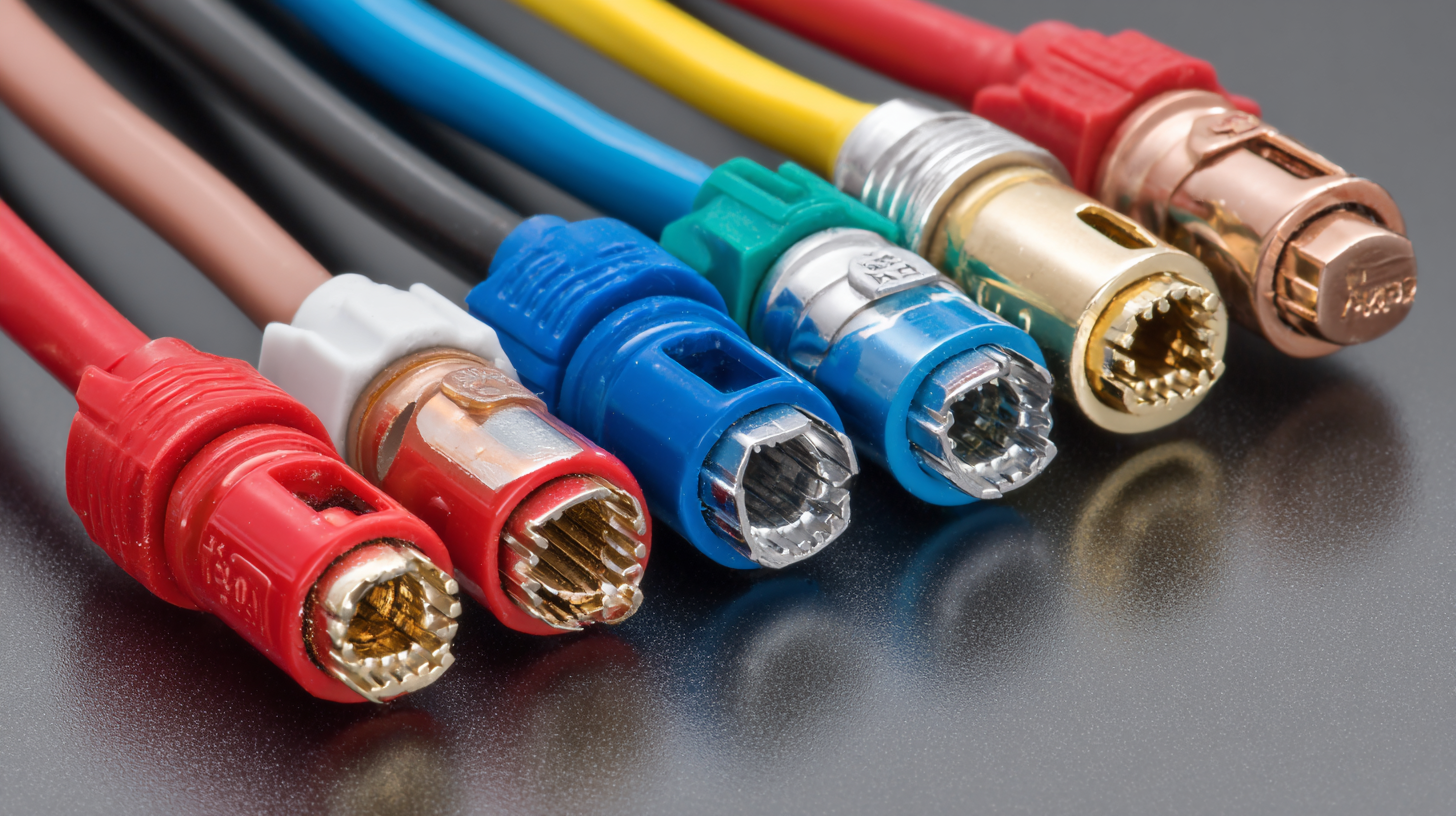
These connectors come in a myriad of types, each designed for specific applications, from simple home wiring to complex industrial setups. As we explore the different varieties of electrical wire connectors, their uses, and the emerging market trends in 2023, it becomes evident that choosing the right connector is essential for optimizing electrical systems and enhancing safety.
Whether you are a seasoned electrician or a novice looking to undertake your own projects, this guide will equip you with the knowledge you need to navigate the diverse world of electrical wire connectors effectively.
The Importance of Electrical Wire Connectors in Modern Electrical Systems
Electrical wire connectors play a crucial role in modern electrical systems, serving as the backbone for safe and efficient connections between various components. These connectors facilitate the flow of electricity by securely joining wires, ensuring minimal resistance and preventing potential hazards such as short circuits or electrical fires. With advancements in technology and growing demands for energy-efficient systems, the reliability of wire connectors has become more important than ever.
Various types of electrical wire connectors, such as twist-on connectors, crimp connectors, and push-in connectors, cater to different applications and environments. Each type provides unique benefits, such as ease of installation, durability, and resistance to environmental factors. As industries continue to evolve and embrace innovations, the market for wire connectors is expanding, with manufacturers focusing on producing connectors that meet stringent safety and performance standards.
The ongoing trend towards smart and renewable energy solutions further emphasizes the need for high-quality electrical wire connectors, making them indispensable in today's increasingly complex electrical landscape.
Key Types of Electrical Wire Connectors and Their Specific Applications
Electrical wire connectors are essential components in various electrical applications, ensuring secure and efficient connections between wires. Among the key types are **butt connectors**, **spade connectors**, and **ring terminals**, each serving specific functions in both residential and industrial settings. According to the latest industry report by MarketsandMarkets, the global market for electrical connectors is projected to reach approximately $100 billion by 2025, driven by the rising demand for automation and smart technologies in various sectors.
Butt connectors, often used in automotive applications, allow for joining two wires end-to-end, providing a strong electrical connection that can withstand vibration. Spade connectors, favored in audio and power connections, enable quick disconnects for easy maintenance. Meanwhile, ring terminals are invaluable in grounding applications, ensuring reliable contact with mounting points. Data from Research and Markets highlights the growing interest in environmentally friendly connectors, which is shaping product innovation, including the rise of recyclable materials in construction. This trend underscores the continuous evolution within the electrical wire connector market as industries seek sustainable solutions in 2023.
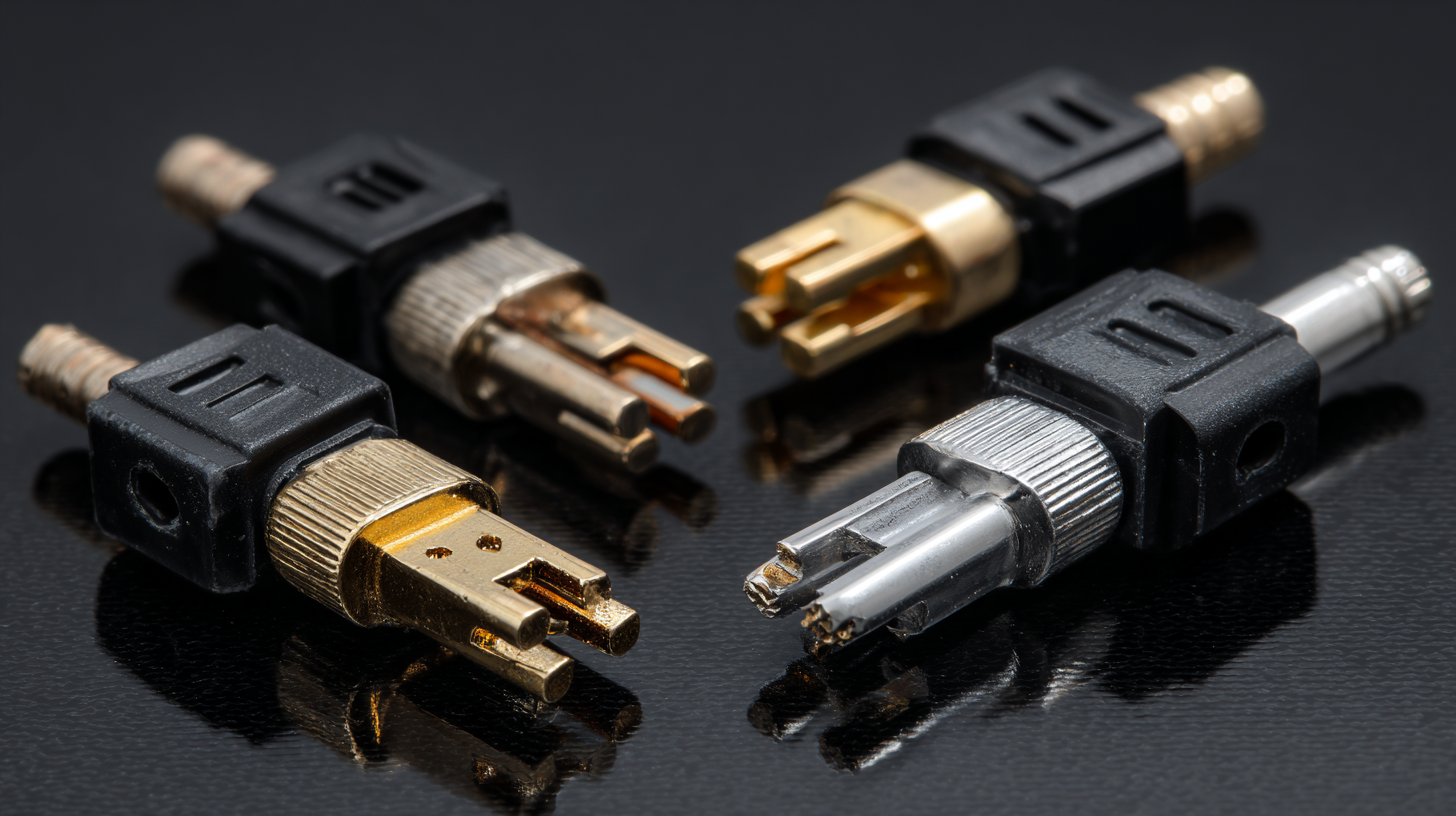
Market Trends in Electrical Wire Connectors: Growth and Innovations in 2023
The electrical wire connectors market has been witnessing significant growth and innovation in 2023, driven by advancements in technology and increasing demand for efficient electrical systems. With the rise of smart homes and automated systems, the need for reliable and high-performance connectors has never been more critical. Manufacturers are now focusing on developing connectors that not only enhance connectivity but also provide better durability and safety features. This trend is evident in the introduction of connectors with improved materials that resist environmental factors such as moisture and corrosion.
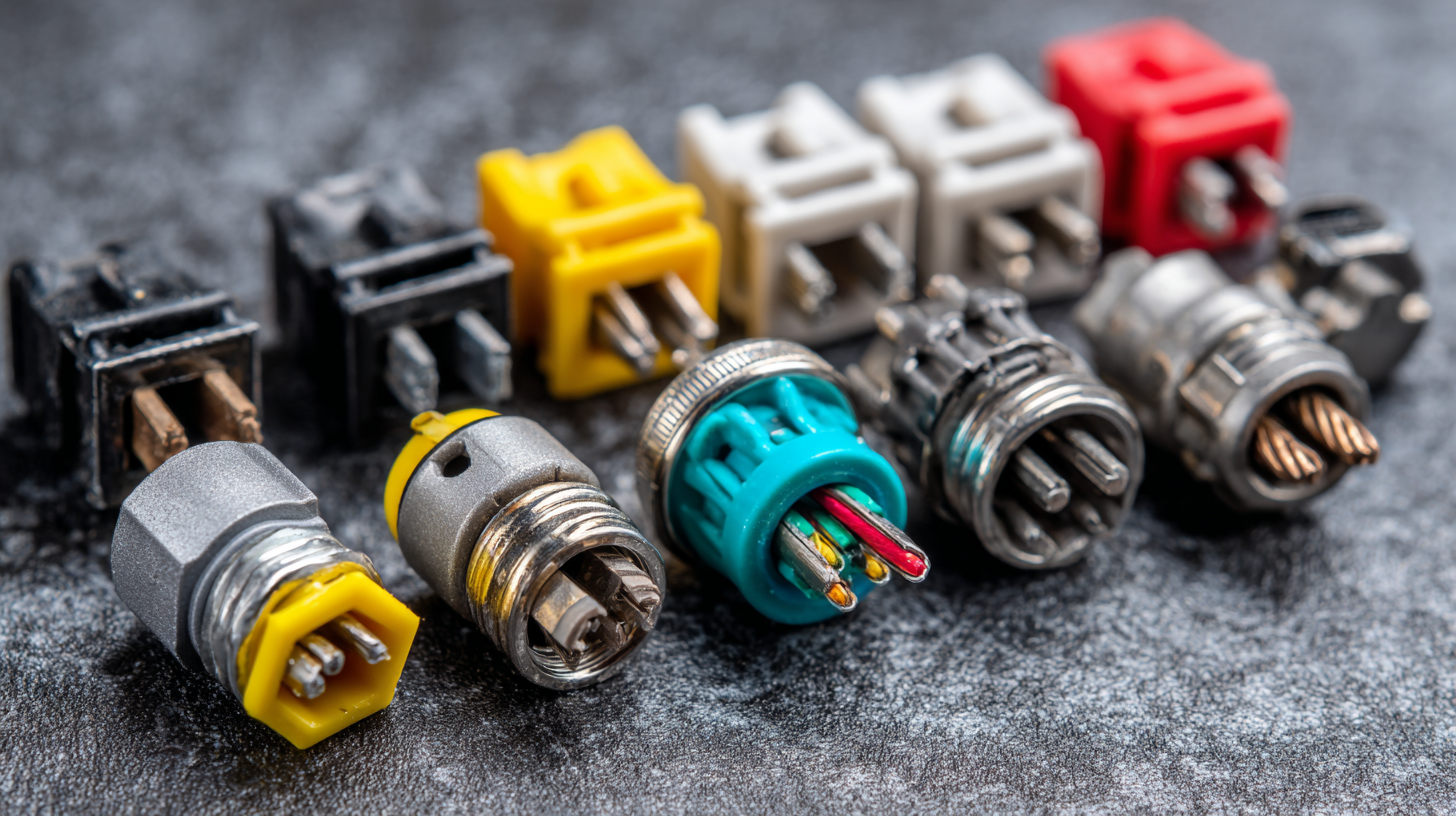
Moreover, sustainability is becoming a key consideration in the design and production of electrical wire connectors. Many companies are exploring eco-friendly materials and manufacturing processes to reduce their environmental impact. This shift is complemented by the growing awareness of energy efficiency, which is prompting consumers and businesses to invest in more advanced and sustainable electrical solutions. As a result, the market is seeing a surge in innovative connector designs that meet the demands of modern electrical applications while promoting a responsible approach to resource management.
Usage Statistics: The Demand for Electrical Wire Connectors by Industry
The demand for electrical wire connectors has seen significant growth across various industries, driven by the increasing reliance on advanced electrical systems and the proliferation of data centers. As these facilities require robust cabling solutions, the market for connectors is anticipated to expand significantly. For instance, the U.S. wire connector market is projected to grow from USD 39.5 billion in 2024 to USD 70.8 billion by 2032, reflecting a compound annual growth rate (CAGR) of 7.8%. This growth highlights the crucial role that electrical wire connectors play in ensuring reliable electrical connections in modern infrastructure.
In the Asia Pacific region, the connector market is also on a strong upward trajectory, with projections indicating a rise from USD 39.5 billion in 2024 to approximately USD 59.4 billion by 2034. This growth is largely fueled by the increasing manufacturing activities and the expanding automotive and electronics sectors, where connectors are essential for maintaining connectivity and functionality. As industries continue to embrace digital transformation and automation, the demand for effective cable management solutions, including various types of electrical wire connectors, will remain paramount.
What are Electrical Wire Connectors? Exploring Their Types, Uses, and Market Trends in 2023
| Connector Type | Industry Usage (%) | Market Growth Rate (2023) | Key Applications |
|---|---|---|---|
| Wire Nuts | 30% | 5% | Residential Wiring, Lighting Fixtures |
| Terminals | 25% | 4% | Automotive, Electronics |
| Connectors (Plug & Play) | 20% | 6% | Industrial Equipment, Automation |
| Solderless Connectors | 15% | 3% | Home Appliances, DIY Projects |
| Heat Shrink Connectors | 10% | 7% | Marine Applications, Outdoor Equipment |
Tips for Choosing the Right Electrical Wire Connectors for Your Projects
Choosing the right electrical wire connectors for your projects is crucial to ensure safety, reliability, and efficiency. First, consider the type of connection required for your specific application, as connectors come in various forms, such as butt connectors, crimp connectors, and terminal blocks. Assess the wire gauge and insulation type to ensure compatibility with the connector you select. Additionally, think about the environment in which the connectors will be used; for outdoor or harsh conditions, look for connectors that offer waterproofing and resistance to corrosion.
Next, evaluate the connector's ratings, including voltage and current capacity, to prevent overheating and potential failure. Always opt for connectors that meet relevant industry standards to ensure quality and safety. It’s also essential to consider the ease of installation—some connectors may require specialized tools, while others allow for quick and simple setup. By carefully analyzing these factors, you can choose the most appropriate electrical wire connectors that meet your project’s demands, leading to smoother operations and enhanced overall performance.
Related Posts
-
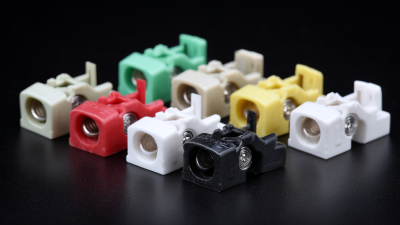
Top Quality Electrical Wire Connectors From a Leading Chinese Manufacturer for Global Export
-
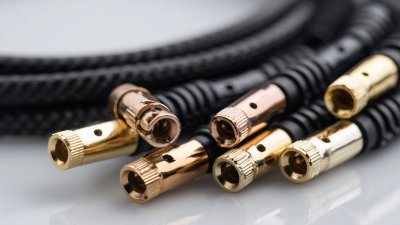
How to Choose the Best Waterproof Wire Connectors for Your Projects
-

What is the Importance of Using Outdoor Extension Cords for Your Projects
-
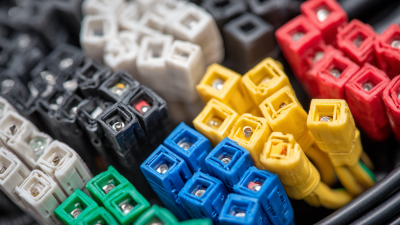
How to Choose the Best Waterproof Wire Connectors for Your Project
-

The Comprehensive Ultimate Guide to Understanding Electrical Cable Selection and Installation
-

10 Compelling Reasons Why Cable Wire is Essential for Your Global Sourcing Needs